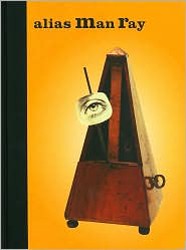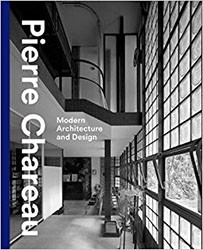By
– September 1, 2011
An expanded second edition of a 2008 book published in France to accompany a 2008 exhibition, Human Expressionism, at the Musee Tavet-Delacour in Pontoise, this volume concentrates on Jewish artists of the modern period and includes discussions of the famous and the less well-known, demonstrating that despite art movements that avoided human and narrative forms, Jewish artists continued to choose — and not by accident — to depict the human figure both alone and in social context.
The Jewish artists who worked in France, including Chaim Soutine, Amedeo Modigliani, and Camille Pissarro receive extensive discussion along with the German Jewish artist of the late 19th century Max Liebermann, the Dutch artist Josef Israels, and the Polish Eugene Zak. Russian Jewish artists of the inter-war Soviet period as well as during the dissident post-war period are analyzed in relation to their place in both the art world and their personal status as Jews. American Jewish artists are analyzed in terms of their “otherness”; their participation in the various art movements viewed as influenced by their Jewish sensibility — notably with regard to the Holocaust. Painters such as Avigdor Arikha, Jack Levine, Ben Shahn, the Soyer brothers, Philip Guston, and Philip Pearlstein are recognized either for their monumental human figures or for the social realism of their paintings. In all, the author includes mention of 68 artists.
This study is a testament to the author’s broad knowledge of history, political science, and art. Frequently, the text seems to be a patchwork of quotes from books on Jewish history, psychology (Sigmund Freud), anti-Semitism (Hannah Arendt), artists’ biographies and catalogues of exhibitions (Avram Kampf). Strosberg is determined to locate her subjects in the zeitgeist of their time. Nevertheless, despite the 643 footnotes, which reflect the number of secondary sources utilized by Strosberg, her thesis that Jewish artists’ works comprise a genre that she designates “Human Expressionism” is expounded thoroughly. The text is highly readable — it was, after all, an exhibition catalogue in its origins— and is accompanied by more than 100 color illustrations. The book’s value is enhanced by its bibliography, glossary, artists’ biographies, name and subject indexes and, especially, the color illustrations.
Esther Nussbaum, the head librarian of Ramaz Upper School for 30 years, is now education and special projects coordinator of the Halachic Organ Donor Society. A past editor of Jewish Book World, she continues to review for this and other publications.





